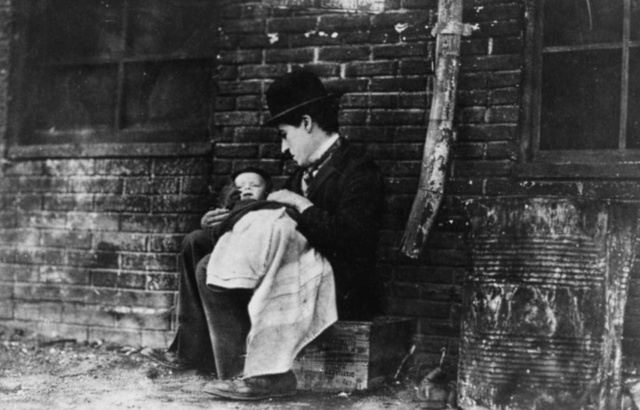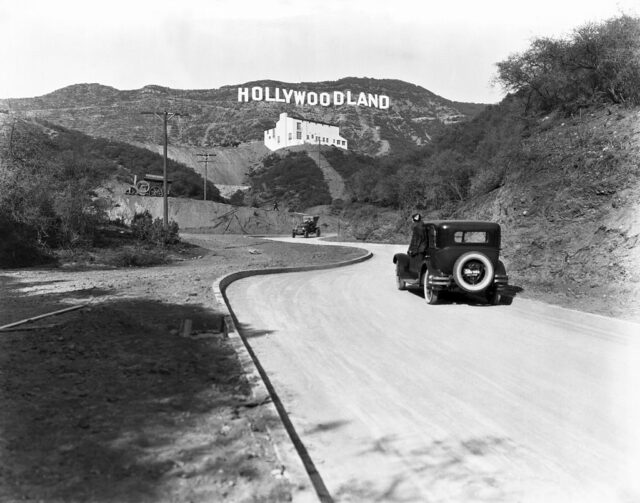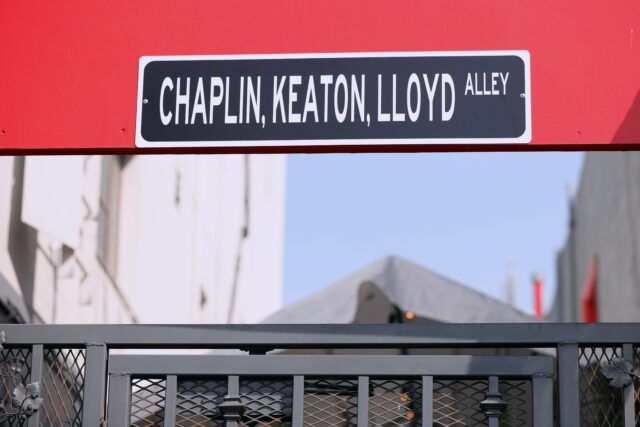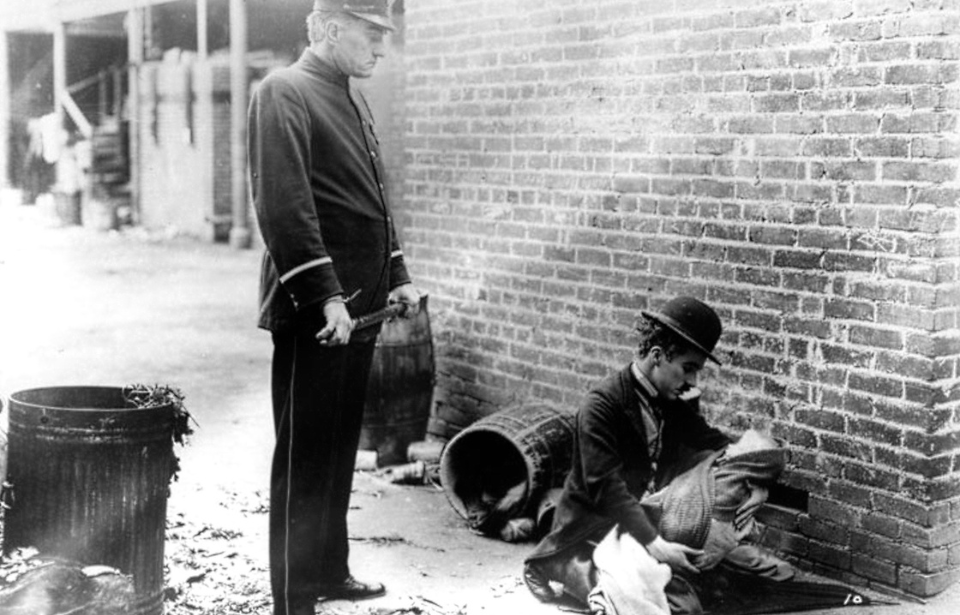As a hub of the entertainment industry, Los Angeles is full of movie locations. One of the most historic of these is an unassuming, T-shaped alley at the heart of Hollywood. Just south of the intersection of Hollywood and Cahuenga Boulevards, EaCa Alley was seen in numerous films from the silent film era. It was the site of famous scenes and stunts for some of the most recognizable stars of early Hollywood.
East Cahuenga Alley
East Cahuenga Alley, or EaCa Alley for short, was a backdrop for some of the biggest films of the silent film era, featuring major stars such as Charlie Chaplin, Buster Keaton, and Harold Lloyd.

In 1916, Lois Weber filmed Where Are My Children? in the alley. The alley was also the location for Eleanor’s Catch in 1916, The Purple Mask (1917), Hubby’s Night Out (1917), The Detectress (1919), The Grim Game (1919), All Jazzed Up (1920), Ten Dollars or Ten Days (1924), and The Last Edition (1925).
It was in this alley that Charlie Chaplin found the titular kid in his 1921 film, The Kid. In 1922, the alley was the backdrop for one of Buster Keaton’s most famous stunts. In his film Cops, Keaton is chased by numerous police officers. After running down the alley and reaching the street, he turns back to see the cops fumbling to catch him, at this time, a car passes by, and Keaton grabs hold of it, flying offscreen. And actor and stunt performer Harold Lloyd used the alley as a way to pretend to sneak into work late in the 1923 flick Safety Last!
‘The only alley in town’
The alley was a sought-after location for filming. Historian John Bengston said that it was a relatively quiet spot and that since the alley ran east-west, it was naturally lit all day. Bengston also said that these silent films were produced in an era when Hollywood was still expanding. “Orchards, open lots, or vacant fields” stood in place of modern studios, and for a period, “it was essentially the only alley in town.”

Lombard Street in San Francisco, which is used in the 1922 Keaton film Daydreams, was Bengston’s first venture into studying film locations. What he noticed was the street, now famous for its eight hairpin turns, looked very different when Keaton was chased down it. Bengston said, “That kind of blew me away because I realized there’s actually some history going on. It’s not just the same place then and now.”
These films ultimately capture images not only of the actors but of the film sites. And as these locations have changed over time, the films are some of the few links we have with the original places.
Filming location to pedestrian-only alley
EaCa Alley has disappeared from the social memory surrounding filming locations since the silent film era. The most recent film to be shot there was Tim Burton’s Ed Wood (1994). However, Bengston admits that Burton likely did not choose it because of its history. He said, “My sense is this was not an homage but simply an expedient, true Hollywood locale.”

Because of its history, Bengston advocated for the shorter part of the T-shaped alley to be named in honor of those famous actors who performed there. The longer part of the alley is still called East Cahuenga Alley, but the shorter part is now called the Chaplin, Keaton, Lloyd Alley.
Today, the alley is surrounded by restaurants, offices, and apartments, and after a $79,000 project, it has become the city’s first pedestrian-only alley with patios and the Cahuenga Corridor Street Market.
More from us: Fort Ord: A Former US Army Base On California’s Coast
Bengston said, “I can absolutely guarantee you that there is no place anywhere that has three of the biggest stars and three of their most important movies in one spot. This is absolutely two or three strata above anything else I’ve ever found.”
